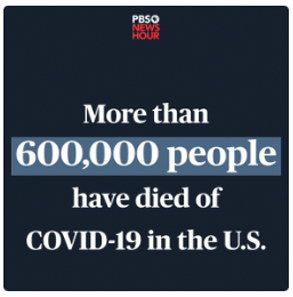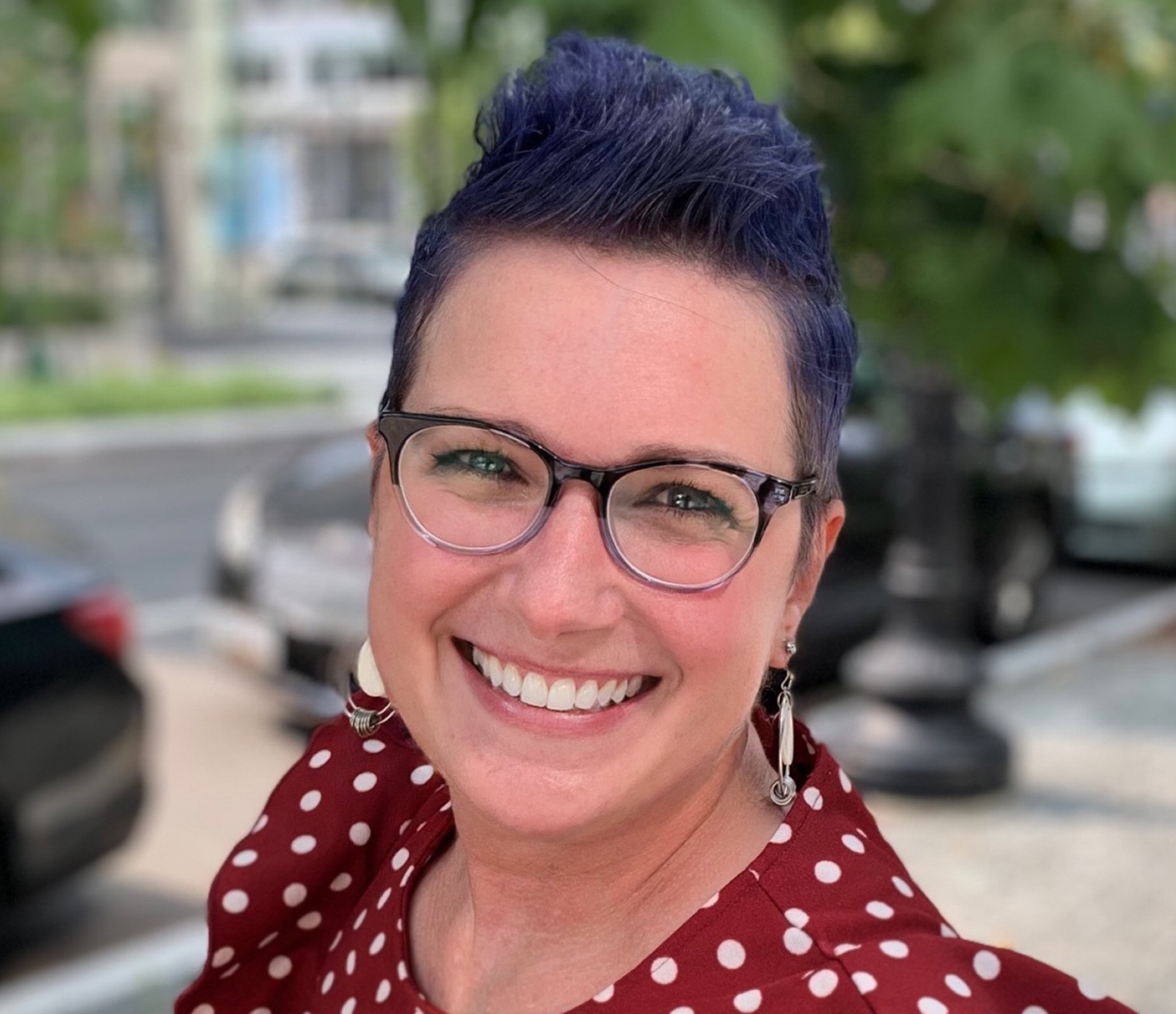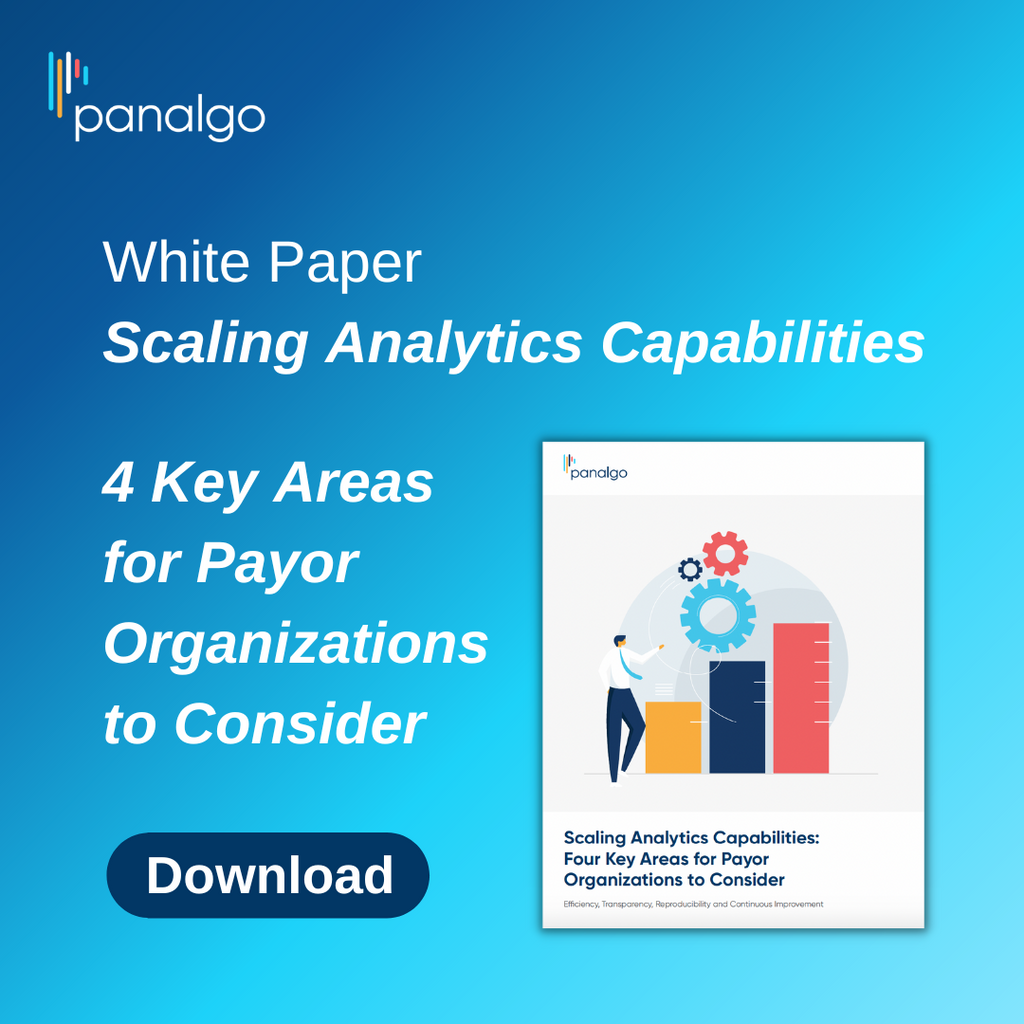Balancing Technology, Human Touch Can Improve Therapy Access, Adherence
-
May 16, 2024
Emerging technologies such as artificial intelligence (AI) are being incorporated into numerous processes within the health care system with an eye on improving a wide range of results. But rather than applying them across the board, a balance must be struck between what tasks are best suited for automation and what work best when provided with a human touch.
When it comes to patient onboarding, for instance, automated solutions may help fulfill certain requirements quickly, allowing patients to start needed therapies soon. But adherence to those treatments may be better achieved with a human touch that can help personalize approaches.
In his role as vice president and general manager of Cardinal Health Sonexus Access & Patient Support, Josh Marsh works with specialty drug manufacturers to help patients access and remain on therapies. Marsh spoke with AIS Health about how emerging technologies can impact how manufacturers get therapies to patients.
AIS Health: What are some ways in which emerging technologies are changing how manufacturers get drugs to patients?
Marsh: New self-service tools such as digital assistant chat, AI and machine learning (ML) are changing how manufacturers get drugs to patients. Digital assistant chat enables patients to take control of their treatment journey whenever and wherever — they can upload their copay card and get information about the program when it’s convenient for them through a chat solution.
AI and ML allow us to create a truly unique treatment journey for individual patients. In the past, all patients coming through patient hubs followed the same treatment plan for their diagnosis. With AI/ML, we’re able to use social determinants of health and data within the hub to segment patients individually so we can add or remove certain steps in their journey. AI/ML can also flag if we need to interact with a patient more, either manually or digitally.
AIS Health: What are the goals in communicating with patients about their therapies — better patient outcomes? Better financial outcomes? Something else? How can different outcomes be successful across various stakeholders?
Marsh: There are several goals when communicating to patients. Among the most important is ensuring a higher likelihood of patient outcomes and then reporting those outcomes as insights in compliant and reliable formats. Getting patients on therapy as soon as possible is imperative, although financial barriers and payer plan limitations may delay or prevent that. For a lot of patients, getting on therapy — and staying on it — is only viable through qualifying for an affordability program, which is a crucial step in the treatment journey.
Every touchpoint with a patient is an opportunity to educate them and build their trust. When they receive valuable assistance and education in a format that is easy to understand, it leaves them feeling empowered and supported. An educated patient prevents frustration, confusion and lack of adherence to the treatment.
Another stakeholder to consider is the physician. Their ideal outcome is to get their patient on the therapy that they prescribed quickly and to stay on that therapy as long as necessary to control or improve the disease or symptoms of the disease. If a patient falls off therapy too quickly (or does not start at all), the physician cannot effectively determine the next best clinical steps for the patient, or the payer may not allow the patient to have certain tests or progress to another therapy or procedure. There are also pharmacoeconomics components, of which I will call out the cost to the patient’s health and their potential physical deterioration as the stand-out concern for the patient and their provider.
Needless to say, effective and timely communication of both clinical and process expectations to the patient is key to ensuring they stick with the treatment, advocate for themselves when required and see better health results.
AIS Health: Were these automated strategies ones that humans had previously performed or ones that had not been performed at all? If the latter, were these processes that were known about but just hard for humans to perform, or were they strategies that manufacturers realized would be helpful after AI was able to provide them with certain information?
Marsh: Historically, tasks such as data entry, benefit verification and prior authorization were performed manually but were time-intensive. Automating and digitizing these tasks frees up our team to focus on more complex parts of the patient journey that need human intervention, such as patient education on the therapy and disease state.
AIS Health: Are there any potential roadblocks in patient care and patient adherence that are better addressed via AI vs. human contact? What about ones that are better addressed via human contact vs. AI?
Marsh: Something critical to understand about AI as it applies to the patient experience: Any time a patient can benefit from speed during the patient journey, AI can likely be crafted for use, as long as the AI is handling known information. Conveying FAQs, communicating benefit designs or using AI behind the scenes within systematic or programmatic algorithms can each be solid uses of AI within a patient services program. Each of these can help deliver an effective, excellent patient experience — and quickly.
Technology, including AI, should be leveraged to save precious human resources for the more complex problem-solving that is often needed to support patients within our health care system.
AIS Health: Are disparities in care among patient populations potentially an issue with using AI in patient assistance, and, if so, how can that be addressed?
Marsh: AI can actually identify potential disparities and pinpoint where we need more manual intervention or digital support. It can help us differentiate between patient populations to create an individualized treatment journey for them. For example, someone who lives in a rural area and has less resources may need more human touchpoints and clinical education than someone who lives in a city and has more resources.
AIS Health: How do patient assistance and communication change throughout the patient journey? How do automated solutions assist in this?
Marsh: Communication cadence depends on patient need. After enrollment, we may start with manual communication to patients, such as phone calls and mailing literature, as we welcome them to the program. As they let us know what they need, we decide if they should speak with a nurse once a month, every six months or once a year, for example. We can automate this into their journey, building triggers into the system so we know we need to reach out. As the patient identifies their preferred communication methods, we can shift from manual to digital or vice versa.
AIS Health: What are some uses of automated technologies in patient assistance that still need to be fine-tuned, and why?
Marsh: Fine tuning and anchoring AI models with organization or user-related information is crucial to optimize the outputs for the specific task at hand. This allows the AI to perform better, give more accurate results and provide outputs tailored to the user’s needs. Fine-tuning helps the AI model become adept at understanding the language, terminology and complexities of the chosen domain and can seamlessly integrate into existing processes.
In patient assistance services, for tasks where personalized health content or recommendations are being generated, it is important to ensure that the content is tailored to a patient’s medical history and needs. Conversational AI agents grounded in domain knowledge and augmented with data that is specific to the context help provide accurate and natural responses.
AIS Health: How can a balance between human touch points and emerging technologies such as AI be struck?
Marsh: Striking a balance between technology and human touch points starts when you are designing your program. What are the expectations of your patient population? What do your offices need or expect? What are your competitors doing in that space (if you have competitors)? Your patients’ disease itself may tell you what to do — or what not to do.
For example, for Alzheimer’s patients, there is a high possibility that you will be interacting with caregivers. These caregivers are likely to be the adult, middle-aged children of your patients. What kind of experience do they want to have? What is important to them? If there is critical information to convey, such as education on how/when to take the medication, a conversation with a clinician like a registered nurse may be best. If you are conveying basic information that is not easily misunderstood, then a technology-enabled message via text/email may be more appropriate. AI algorithms running behind the scenes can help quickly determine when and where to push messaging out to patients, their caregivers or the providers. It should also be leveraged to help support and enable human interactions.
I could provide endless examples.
Bottom line, your patient services staff efforts, research and communications can be made more effective when supported by AI. And the instances of when AI is leveraged will change depending on the needs of your patients and providers.
When thoughtfully approached, AI can be used within patient services programs to enable truly excellent experiences, effectively increasing the likelihood of patient onboarding and adherence.
© 2025 MMIT










